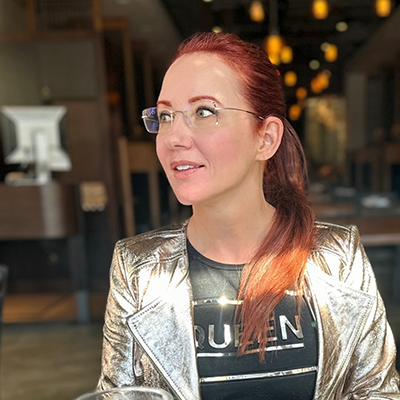Talks in this track should specifically tackle web-based issues that work over ports 80/443 and the like. This usually implies issues in web-servers (Apache, Nginx, IIS, etc.), browsers (Internet Explorer/Edge, Chrome, Safari, Firefox, etc.) and web technologies (AJAX, Flash, HTML5, SSL/TLS, etc.). This track can also include issues related to how web based programming languages (Java, C#, PHP, Python, Ruby, etc.) process/handle web transactions (SQL Injection, Command Injection, Cross Site Scripting, pivoting, exfiltration, etc.) and additionally how browsers can be tricked into performing otherwise nefarious activities. Attendees of Web AppSec track talks should walk away with one or more new attack ideas or increased knowledge of the existing web attack surface area/landscape or equivalently useful knowledge.




































